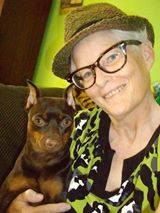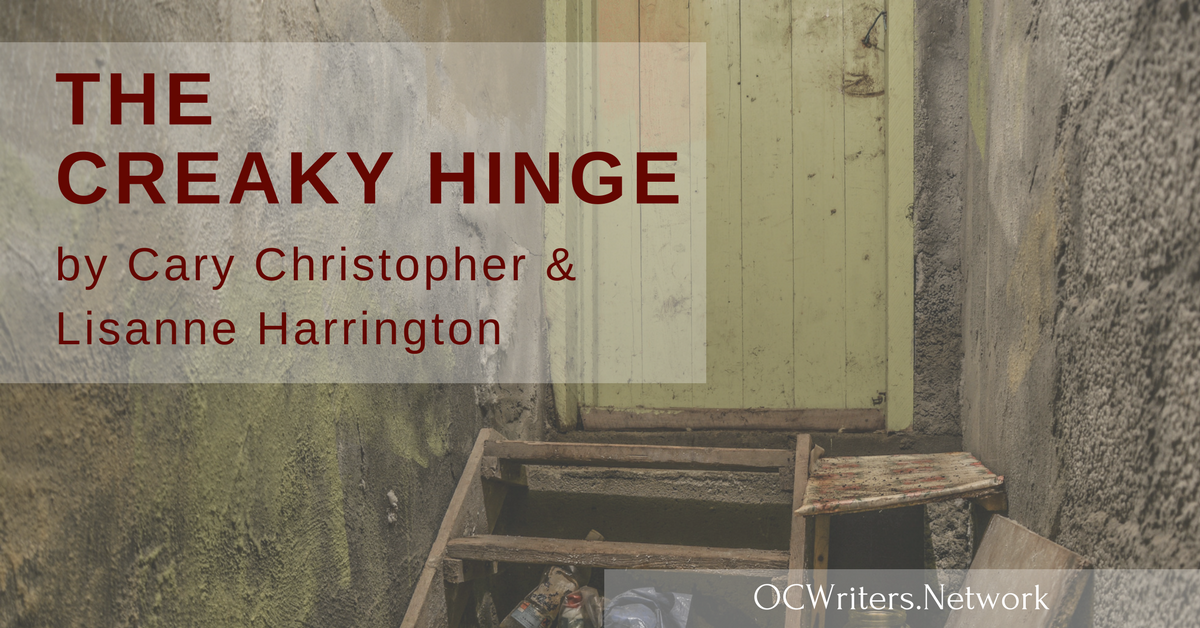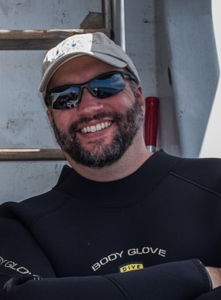by Cary Christopher and Lisanne Harrington
With this month’s topic being “overindulgence”, we could think of no better time to discuss editing. In particular, self-editing.
Whether you’re writing your very first novel or your fiftieth, the first draft you create will always need editing and we don’t just mean looking for grammar and spelling. We mean for structure, superfluous language and a general tightening up.
How does overindulgence happen to even the most seasoned author? Well, creativity is messy and as authors, we play dual roles as both a three-year-old with finger paints and as the parent who has to clean up. So let’s take a moment and talk about both sides of this process.
Pantsers vs. Plotters
If you’re unfamiliar with these terms, they are basically used to describe two ends of the author spectrum. One end of the spectrum is the person who plans everything before putting pen to paper. They’re commonly referred to as “plotters”. The other end of the spectrum is the type of person who just sits and writes by the seat of their pants. They’re called “pantsers”. Most authors fall somewhere between the two extremes but in general, most authors lean one way or the other.
Cary is a pantser…to a point. He’ll start to write with only a general idea of plot until the story begins to really take shape. Then, he’ll jot down a list of milestones that need to be hit based on what he’s done so far. It could be something as simple as “Jackie should leave Joel at some point” or “George needs to die early”. That’s really the only structure he gives himself until he gets a little closer to the end. At that point, he’ll usually write the end of the book and then go back and connect the remaining pieces.
The reason he uses such a haphazard style of writing is so he can still be surprised by an unexpected turn in a character or scene. There’s a process of discovery that happens as he writes and that keeps things exciting for him.
Lisanne is even more of a pantser than Cary. She never plots anything, her philosophy being much like Cary’s: “how can I surprise my readers if I’m not surprised?” When writing murder mysteries, the killer never ends up being who she thinks it is. As a result, she will go back through the first draft and insert enough scenes to make the killer a plausible suspect, filling them with red herrings, which points the reader to the killer as well as other, equally viable suspects.
She doesn’t worry about things like theme or symbolism, as these tend to occur naturally as the writing progresses.
Dieting Doesn’t Have to Suck
The result of all this “pantsing” is that there’s a tendency to write more than you need. That’s where the overindulgence comes in. Once a pantser is done writing, his or her belt is on its last notch and the seams are stretched to the limit. It’s time to lose some of that weight and that’s when we have to put our “adult hat” on. It can be an intimidating process. Cary’s first draft of The Wash was a full 50,000 words longer than it should have been. That’s like getting rid of almost half of a book! However, It wasn’t as hard as it sounds.
For Cary, the trick to “dieting” after such an immense gorging of creativity is to take it in waves.
Wave One – Structure
Read through the entire manuscript ignoring grammar and spelling and focus solely on whether the novel reads the way it should. Are there scenes that serve no purpose? Are there unnecessary characters? Remember, what doesn’t advance the story just bogs it down, so ask yourself if there’s description or back story that’s unnecessarily repeated. Generally, this wave will remove massive chunks of text. But be sure that you have more than just the bare bones. After all, self-editing works both ways—removing unnecessary text as well as flushing out your scenes. And this is where Lisanne adds those red herrings and scenes before pulling out the editing axe.
Wave Two – Info Dumps
The next read through is one where you look for what we call “info dumps”. Avoid them at all costs! These are the places where, as authors, we over-explain or needlessly tell something when it would be better to show it through the actions or reactions of our characters. This is different than looking for structure because as an author, we generally believe these info dumps are needed, but there are usually better ways to get the information across.
Wave Three – Grammar and spelling
This time, focus on grammar and spelling. You’ve likely seen a ton of instances after going through the first two passes. This time, as you comb through it, look for an overabundance of dialogue tags. If you have two characters in conversation, you usually don’t need half of the dialogue tags you likely put in while writing the first draft. You’ll be amazed at how many words you can remove just by completing this step.
Wave Four – Economy of Language
Next, look for areas where you can say something in a more efficient manner. For instance, you may have a wonderfully descriptive paragraph that portrays your setting beautifully. Is it possible to keep all that gorgeous description but lose a few words here and there? Chances are, you’ll be able to find more than a handful of instances where this is the case. You may even benefit from reading it aloud, or better yet, having someone read it to you so you can better appreciate where further editing may be needed.
Now that you’ve gone through the manuscript four times and cleaned up the big stuff, can you guess what time it is?
That’s right! It’s time to go through all four waves again. If you want to do just one or two passes combining two waves at a time, that’s fine, but be sure on the first one to pay VERY close attention to the structure part. You’ve likely removed a lot up to this point and you need to be sure you didn’t lose something that was needed. At the same time, keep looking for characters or scenes you don’t need.
Be brutal in your assessment. Make sure the whole thing flows properly. If you have to kill your darlings (don’t you just hate that?) do it without remorse. The finished product will be better for it.
***
Cary Christopher was born and raised in Florida and Georgia but has called Southern California home now for almost 20 years. He’s written extensively about music, movies and pop culture online and for various publications around SoCal. Now he primarily writes for his blog (www.carychristopher.com). His new novel The Wash is available on Amazon.
Link to my Amazon Authors Page: https://www.amazon.com/Cary-Christopher/e/B076FD8MJ3
 After sixteen years as a paralegal, I staged a coup and left the straight-laced corporate world behind forever. I now pander to my muse, a sarcastic little so-and-so who delights in getting the voices in my head to either all speak at once in a cacophony of noise or to remain completely silent. Only copious amounts of Diet Cherry Dr. Peppers and hamburgers will ensure their complicity in filling my head with stories of serial killers, werewolves, and the things that live under your bed.
After sixteen years as a paralegal, I staged a coup and left the straight-laced corporate world behind forever. I now pander to my muse, a sarcastic little so-and-so who delights in getting the voices in my head to either all speak at once in a cacophony of noise or to remain completely silent. Only copious amounts of Diet Cherry Dr. Peppers and hamburgers will ensure their complicity in filling my head with stories of serial killers, werewolves, and the things that live under your bed.
I live in SoCal, in the small town I fashioned Moonspell’s Wolf Creek after, with my beloved husband and persistently rowdy, always-has-to-have-the-last-word Miniature Pinscher, Fiona.
*O.C. Writers is a participant in the Amazon Services LLC Associates Program, an affiliate advertising program designed to provide a means for us to earn fees by linking to Amazon.com and affiliated sites. By clicking on the book links anywhere on this site, we earn a small commission from your purchase.







I like the concept of “waves”. It’s very helpful to think of using the first wave to look at scenes and the second wave to look for parts that are drenched in information. I’m writing my first novel and had no idea how painful the editing process can be. It enough to turn a pantser into a plotter! But then even plotters have to cut, cut, cut, I suppose.